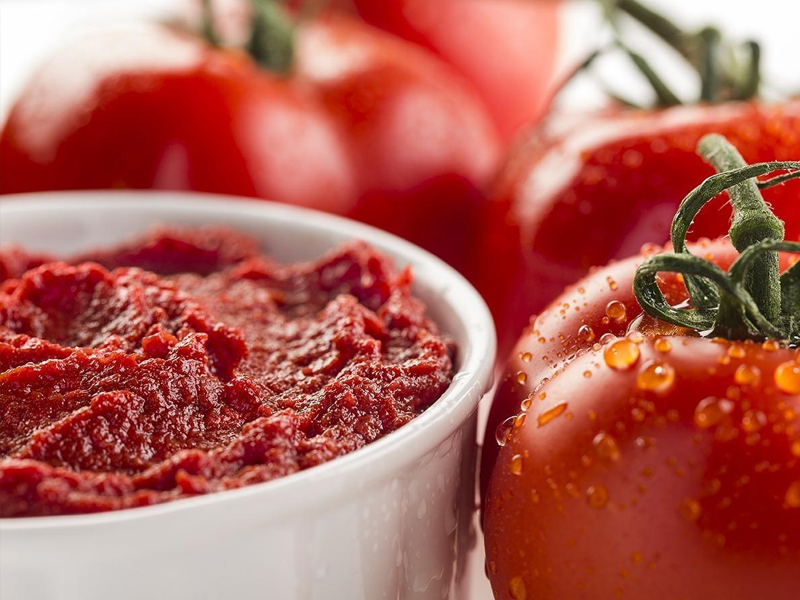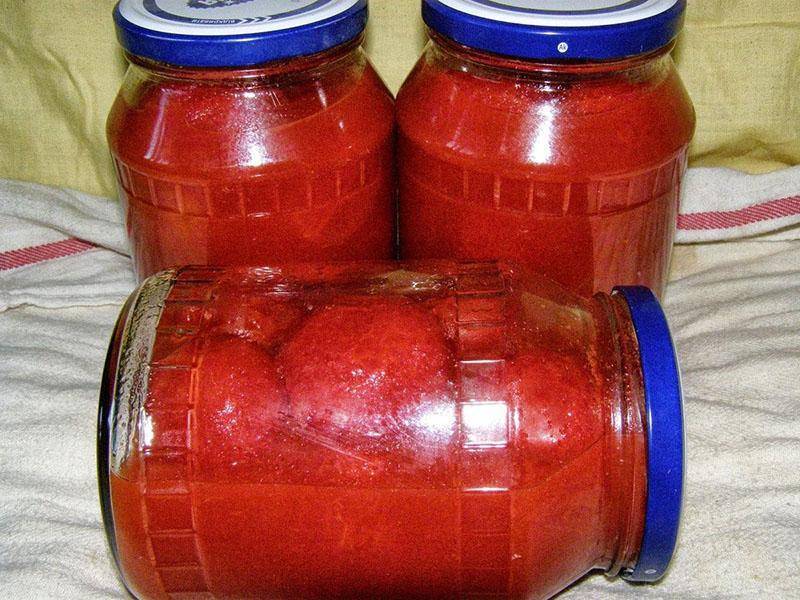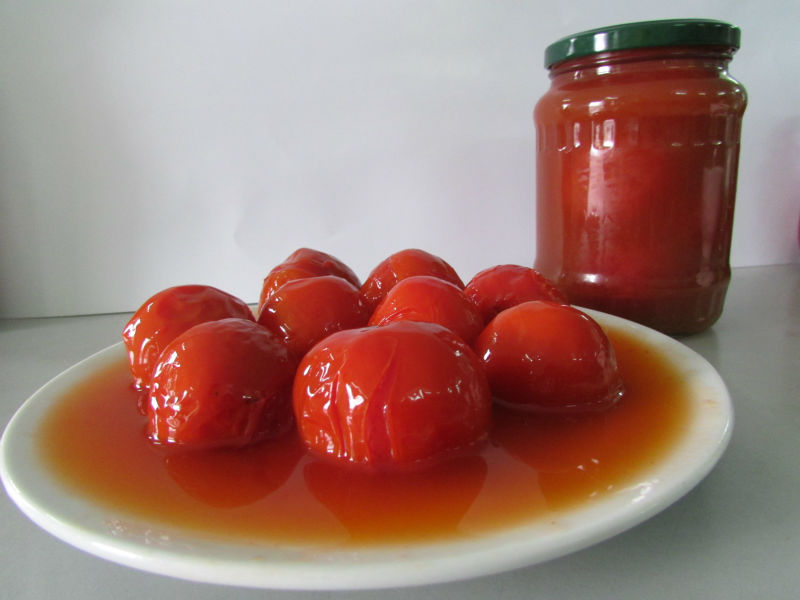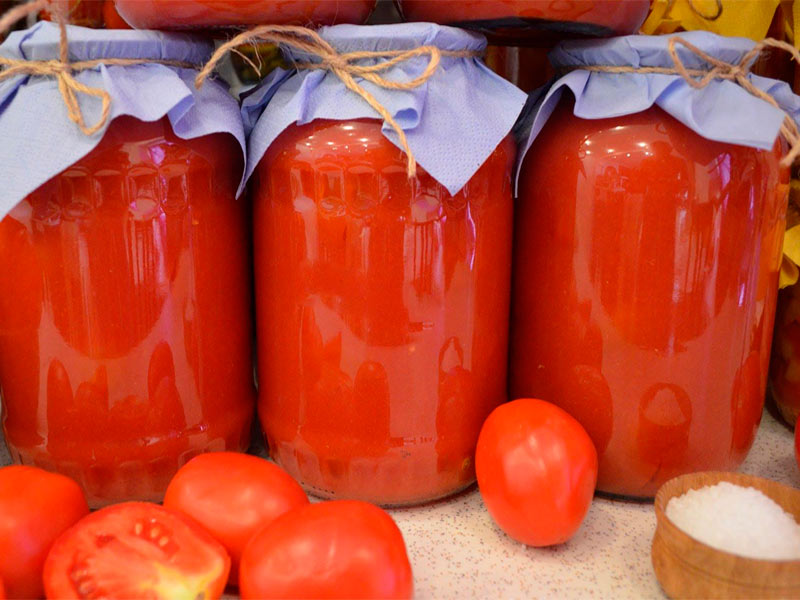Tomato paste is a popular ingredient used in a variety of dishes to add richness, flavor, and depth to the overall taste. It is made by cooking down fresh tomatoes to concentrate their flavors and create a thick, smooth, and paste-like consistency. The process involves removing the skin and seeds, blending or crushing the tomatoes, and simmering them until the desired consistency is achieved.
One of the main advantages of using tomato paste is its long shelf life. By reducing the water content in fresh tomatoes, the paste becomes highly concentrated, which not only enhances the flavor but also extends its storage life. Tomato paste can be stored in a variety of ways, including canned, boxed, or in tubes, making it a versatile and convenient ingredient to have on hand in the kitchen.
Fresh tomatoes are the primary ingredient used to make tomato paste. Opting for fresh tomatoes is preferred by many chefs and home cooks because it allows them to have control over the quality and flavor of their paste. Choosing ripe, juicy, and flavorful tomatoes will result in a paste with a more vibrant and authentic taste compared to using canned or processed tomatoes.
To make tomato paste from fresh tomatoes, the first step is to select the right type of tomatoes. Ideally, tomatoes that are meaty, have fewer seeds, and a higher sugar content are preferred as they produce a richer and sweeter paste. Varieties like Roma, San Marzano, or Amish Paste are often recommended for their excellent flavor and texture.
After selecting the tomatoes, they need to be prepared for cooking. This involves removing the skin and seeds, as these can contribute a bitter taste and affect the smoothness of the paste. To remove the skin, cut a small X on the bottom of each tomato and blanch them in boiling water for about 30 seconds. Once blanched, transfer them to an ice bath to cool down, making it easier to peel off the skin.
Next, cut the tomatoes in half and gently squeeze them to remove the seeds and excess juice. Removing the seeds is important to avoid a watery tomato paste and achieve a thicker consistency.
Once the tomatoes are prepared, they can be cooked down to create the tomato paste. This can be done on the stovetop or in the oven. If using the stovetop method, place the tomatoes in a large pot and simmer them over low heat until they start to break down and release their liquids. Stir occasionally to prevent sticking and burning.

To intensify the flavor, herbs and spices can be added at this stage. Common additions include onions, garlic, basil, oregano, and a pinch of sugar. The choice of herbs and spices can vary depending on personal preferences and the intended use of the tomato paste.
As the tomatoes continue to cook down, they will thicken and reduce in volume. The cooking time can vary depending on the desired consistency and the water content of the tomatoes. It is essential to simmer the tomatoes slowly to avoid scorching and ensure a smooth and evenly cooked paste.
Once the desired consistency is achieved, the tomato paste can be further processed and stored. Some people prefer to strain the cooked tomatoes to remove any remaining seeds or pulp, resulting in a smoother paste. Others may choose to leave it as is for a more rustic texture.
To store tomato paste, it can be transferred to an airtight container and refrigerated for up to a week. Another popular method is to freeze the paste in ice cube trays, making it easy to portion and use as needed. Freezing tomato paste can extend its shelf life for several months.
In conclusion, tomato paste made from fresh tomatoes offers a delicious and versatile ingredient that enhances the flavor of many dishes. By starting with quality tomatoes and carefully cooking them down to concentrate their flavors, you can create a homemade tomato paste that elevates the taste of your favorite recipes. Whether used in soups, stews, sauces, or as a base for pizza or pasta dishes, homemade tomato paste adds richness and depth to any culinary creation.Title: The Business of Tomato Paste: From Production to Market
Introduction:
Tomato paste is a widely used ingredient in the food industry, making it an essential product for businesses in the culinary sector. This article delves into the various aspects of the tomato paste industry, including production, packaging, marketing, and market trends.
1. Tomato Paste Production:
Tomato paste production begins with the careful selection of fresh tomatoes. Farmers, often working in collaboration with food processing companies, cultivate specific tomato varieties known for their rich flavor and high sugar content. These tomatoes are harvested at their peak ripeness to ensure maximum flavor in the final product.

2. Processing and Extraction:
Once the tomatoes are harvested, they undergo thorough washing and sorting to remove any contaminants. The tomatoes are then crushed or pureed to create a smooth consistency. The next step involves extracting the juice and pulp from the mixture, which is typically achieved through a process of heating and straining.
3. Concentration and Paste Formation:
After extraction, the tomato juice is further concentrated through the removal of excess water. This is done under controlled conditions, such as low heat and vacuum boiling, to preserve the flavor profile of the tomatoes. The concentrated tomato mixture is then cooked down for an extended period until the desired consistency of tomato paste is reached.
4. Packaging:
Once the tomato paste is prepared, it is packaged in various forms to meet different consumer needs. Traditional packaging options include cans, which provide long shelf life and protection from light and air. Recently, there has been a shift towards more flexible packaging options, such as laminated pouches or squeeze tubes, which offer convenience and ease of use.
5. Quality Control:
Quality control plays a crucial role in the tomato paste industry to ensure that the final product meets the desired standards. This includes regular testing for factors such as acidity, pH levels, color, and taste. By adhering to stringent quality control measures, manufacturers can maintain consistency and deliver a high-quality product to consumers.
6. Market Trends:

The market for tomato paste continues to grow steadily, driven by factors such as increasing consumer demand for convenience foods and the popularity of Mediterranean and Italian cuisines worldwide. Additionally, the rising trend of plant-based and vegan diets has contributed to the demand for tomato paste as a flavor enhancer in vegan dishes.
7. The Role of Tomato Paste in the Food Industry:
Tomato paste serves as a versatile ingredient in the food industry, finding its way into various products such as sauces, soups, ready meals, pizzas, and stews. It acts as a flavoring agent and provides an intense, concentrated tomato taste that enhances the overall culinary experience. Restaurants, catering services, and food manufacturers rely on tomato paste to deliver robust and consistent flavors in their recipes.
8. Marketing and Distribution:
To succeed in the tomato paste market, effective marketing and distribution strategies are essential. Manufacturers need to identify their target audience and tailor their marketing campaigns accordingly. This may include promoting the versatility and convenience of tomato paste, highlighting its health benefits, or offering recipe ideas to inspire consumers.
9. Export Opportunities:
Tomato paste offers significant export opportunities for countries with suitable tomato-growing climates. These countries can capitalize on their agricultural resources and establish themselves as key players in the global tomato paste market. Marketing efforts should be directed towards foreign markets where there is a demand for tomato-based products.
10. Sustainable Practices:
As the awareness of sustainability and environmental impact increases, businesses in the tomato paste industry must adopt eco-friendly practices. This includes implementing responsible farming techniques, reducing water usage during production, using recyclable packaging materials, and exploring renewable energy sources.

Conclusion:
The tomato paste industry is a dynamic and growing sector within the broader food industry. From production to packaging, quality control to marketing, businesses involved in the tomato paste market face various challenges and opportunities. By understanding the nuances of this industry and adopting innovative strategies, companies can thrive in a competitive market and continue to provide consumers with high-quality tomato paste products.









